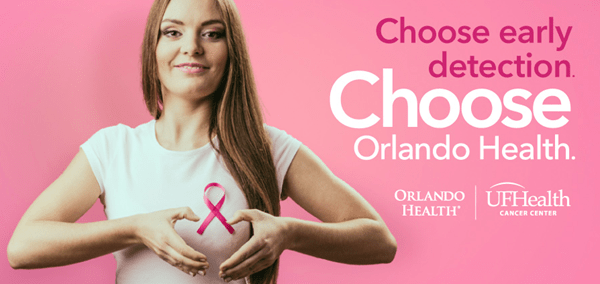Why Some Women Aren’t Taking a Key Breast Cancer Prevention Drug
About 1 in 8 women will develop breast cancer in her lifetime, but according to one recent study, women who are high risk for breast cancer may not be taking medication that could reduce their risk for the disease.
The study, published in the Journal of Clinical Oncology, involved more than 3,800 women who had been prescribed for five years either a placebo or tamoxifen, a breast cancer prevention drug.
The study found that 25 percent of women had stopped taking the placebo pill after five years, while 35 percent had stopped taking tamoxifen. Most of the women stopped taking their medication during the first 12 to 18 months of the study.
Researchers discovered that many of the women who stopped did so because of symptoms they thought were associated with the drug. They reported symptoms such as headaches, hot flashes, nausea, irregular bleeding, vomiting, vaginal dryness and discharge. Forty percent of women in both the placebo and tamoxifen groups who had nausea and vomiting no longer took their medication, and the more severe the symptoms, the more likely it was that women didn’t take the medication.
The Benefits of Tamoxifen
Research has shown that tamoxifen, which typically treats women with estrogen hormone-related breast cancer and works by preventing estrogen from binding to receptors that promote the growth of breast cancer cells, can reduce breast cancer occurrence by at least 30 percent if a woman who is high risk receives it before the disease develops.
It’s unclear how many women currently take his medication, but healthcare providers wrote about 700,000 prescriptions for tamoxifen last year. Experts say potentially 500,000 women could benefit from taking the drug, but this study indicates that even when women are offered tamoxifen they may not adhere to taking their medication because they think the side effects aren’t worth the tradeoff.
The study’s researchers said part of the problem may be confusion about the actual symptoms and side effects caused by the drug. “Women may be attributing normally-occurring, age-related symptoms, such as those experienced around the time of menopause, to their medication instead," they said in a press release.
Better communication and improved patient education will be key to helping patients overcome these misconceptions, especially for women who may be entering menopause when they are offered tamoxifen or when they just begin this treatment.
This year, there will be an estimated 252,710 breast cancer cases in the U.S., but many women who are high risk could reduce their risk of the disease by taking tamoxifen. However, as this study shows, perceived symptoms may be preventing some women from taking this breast cancer prevention drug. We need to do more to appropriately educate patients about the advantages and disadvantages of preventive therapies life tamoxifen and help them make an informed decision that could very well save their life.
Reduce Your Risk of Breast Cancer
Breast cancer is the second most common type of cancer among women in the United States. However, with early diagnosis, breast cancer has a relative survival rate of better than 90 percent. Monthly self breast exams can help you be familiar with how your breasts normally look and feel.
Download a self-examination guide here


